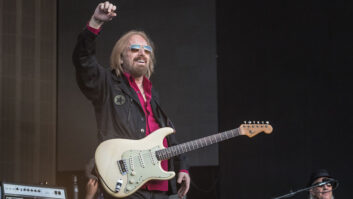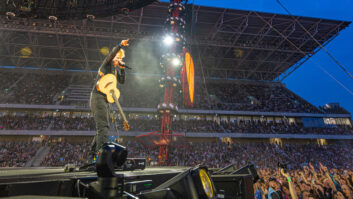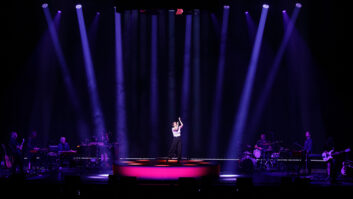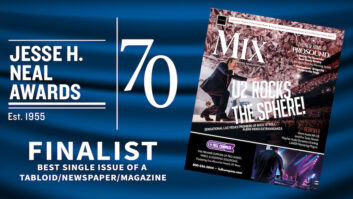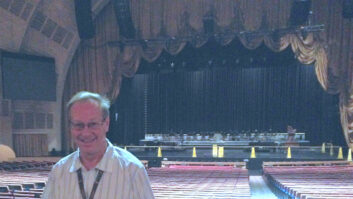When Brad Jones joined the production team for the Tom Waits tribute Come on Up to the House (Dualtone), he asked producer Warren Zanes, “‘What kind of record are we going to make?’ He said, ‘The idea is not to do a Waits-type huge bass-marimba-and-strange-drums Mule Variations production. We want to present the music in a very natural, beautiful, unf–ked up way, so that the tenderness in those lyrics really comes out.’”
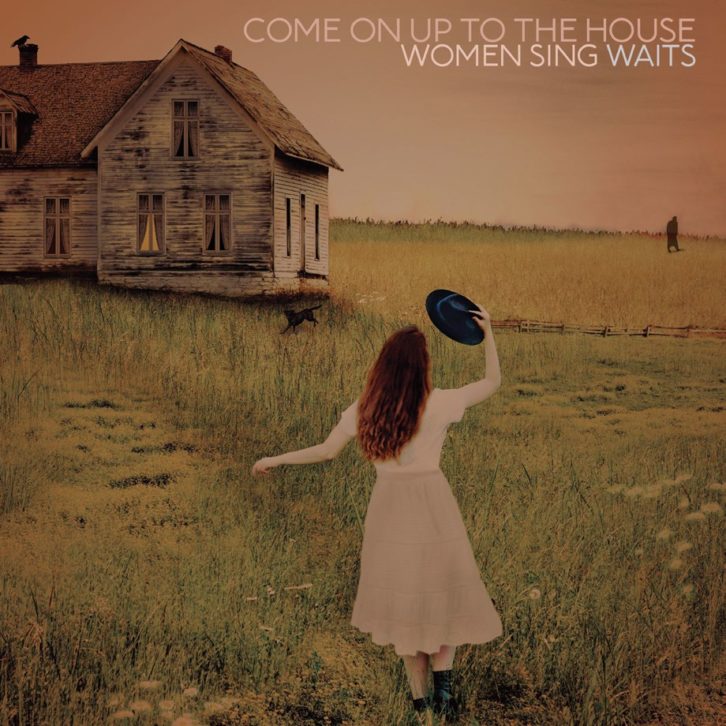
The album takes a fresh approach to a dozen of the innovative artist’s beloved songs, but Zanes’ M.O. still allowed for plenty of variety. The female trio Joseph made a spare piano-based version of the title track, for example, while Aimee Mann’s voice is set to a more rhythmic, Hammond organ-centric backdrop on “Hold On.” Other artists include Rosanne Cash, Patty Griffin, Corinne Bailey Rae and others, with each coming to a Waits classic from a different direction.
Jones, whose recent credits include coproducing the latest from Hayes Carll and multiple projects with Chuck Prophet, was brought in by Zanes to track and coproduce several tracks in Alex the Great, the Nashville studio that Jones has co-owned with Robin Eaton for more than 25 years. Jones is a multi-instrumentalist who plays bass and/or keys on many of the songs, and he likes to populate his sessions with musicians who have similarly broad skills.
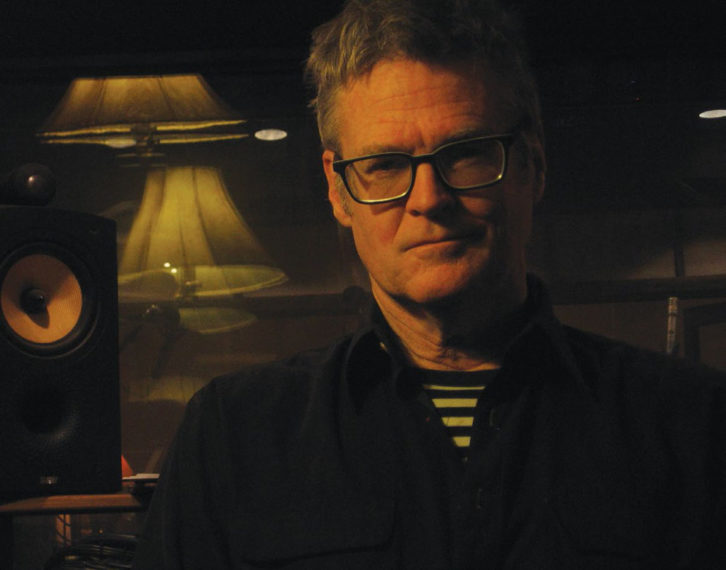
“Sometimes I’ll bring two or three multi-instrumentalists on the same tracking date,” Jones says. “I want to hire a guy who plays guitar, but when the artist has shown him the song, he says yeah there will be guitar, but what about a mandolin part? And the minute he takes that left turn, it causes a shift.”
On band sessions for Aimee Mann’s track, Jones played bass live with keyboardist Gabe Dixon, guitarist Dan Cohen and drummer Eric Mixon. “With us in Nashville and Aimee in L.A., I told the band to let things morph like a kaleidoscope, slowly changing scenes, and that way if she liked a certain verse better than another, she could follow that, but they ended up keeping the whole thing,” Jones says. “That’s why the Hammond organ sounds like it’s going through a slow-motion wah-wah pedal; Gabe is continually and slowly pulling up and pushing into different drawbars, and our guitar player did a lot of backwards guitar to create a swirly sound.”
Jones says his miking schemes are “standard,” with a Shure SM57 on the guitar amp and Dixon’s Leslie captured through a pair of dynamic mics on top and a condenser on the bottom.
“The drum sound is the sound of the nice, controlled Alex the Great drum room,” he says. “I recorded drums at somewhat of a distance because I used a mono overhead on that track—a Lawson L47 in figure-8. I would say 60 percent of the drum sound is that mono overhead. The bass is just me playing a muted Silvertone bass through my Sansamp bass driver, through an Avalon DI, and then to Pro Tools.” Mann added her vocal to the “swirly” arrangement with the help of engineer Paul Bryan.
Most of the same musicians appear on the Shelby Lynne and Allison Moorer interpretation of “Ol’ 55,” but this time the vocalists—who are sisters—sang live in the studio with the band.
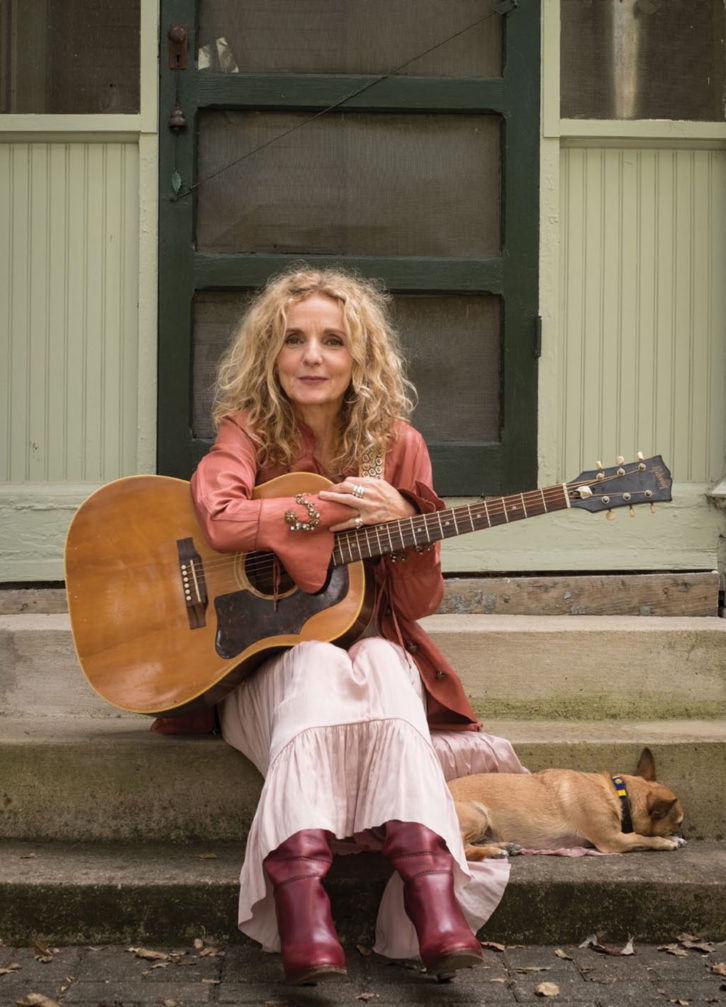
Photo: Michael Wilson
“Shelby and Allison also wanted to bring in their electric guitar player, Joe McMahan,” Jones says. “We knew from the start that we wanted to record a little soul band, and we knew that we were going to put strings on it. So, when we cut the basics, we left a big sonic hole to give the strings a place to sit.
“The other difference is that instead of an organ, that track has our Steinway piano, which I like to record in a ’60s way, with a single Neumann condenser mic above the soundboard. Also, I played upright bass on that one, which I miked with a large-diaphragm condenser or a RODE NT3 shotgun mic, which I like for side rejection.
“The band were all set up in our large recording room,” Jones continues. “There’s a wall of French doors that look into a secondary room that’s about half the size of the main room, and we set up the sisters in that smaller room, facing each other and singing into a Neumann TLM49 and a Lawson L47, going through API mic pres.
“After that first take, I was ready to sign off on the song, but Allison looked at her sister and started explaining to her what the song was about, and then they went back out and cut it a second time. I don’t know what they talked about on their way back out, but something changed, and it went from being a nimble performance to being a really meaningful performance.”
Jones wrote the string arrangement in Sibelius, and then Austin Hoke and Avery Bright played the violin, cello and viola parts in Alex the Great, sans headphones.
“I set them up side by side with ribbon mics in figure-8. One had a Beyer ribbon and the other was probably an AEA 84,” Jones recalls. “Then I got a little Onkyo consumer shelf stereo, and I put that out in the recording room with the speakers in the null point of both mics, so the players could hear the backing track and they could hear their own instruments perfectly well. They could play with great articulation and pitch like that.”
Another standout track on Come on Up to the House is Kat Edmonson’s version of “You Can Never Hold Back Spring,” with synthesizer orchestration by musician/producer Mitchell Froom. Edmondson had also worked with Froom and engineer, David Boucher, on her 2014 album The Big Picture.
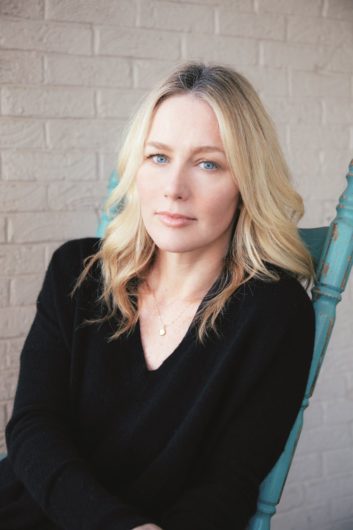
Photo: Heidi Ross
“Kat recorded with her trio [Edmonson, Matt Munisteri guitar, Bob Hart bass, Aaron Thurston drums] in New York and then sent us the multitrack,” Boucher explains. “Mitchell and I edited that down to what we thought was the right form, and then Mitchell developed his synth arrangement around it.”
Froom used his Teenage Engineering OP1, Roland Jupiter-8 and Minimoog, through an Apogee One, as well as his collection of virtual instruments, to transform Edmonson’s jazzy track into a singular, beautifully ethereal piece. The original track was great. The final track is magnificent.
“Mitchell’s combinations of instruments build on each other,” says Boucher, who mixed the song on Froom’s Amek Media 51 console. “If you dig in too hard, you can eviscerate what’s beautiful in there, so you have to be careful not to drive past it. We’ve been partners for 17 years, but these synth orchestrations are a relatively new twist in our productions. It took a few tries to realize what never to disturb within them.”
Key pieces of Boucher’s mix include Apogee converters and a Chiswick Reach compressor on Edmonson’s vocal, as well as his EMT 140 plate reverb. He also used a pair of Requisite Audio PAL Plus MkIII limiters and Sphere 900 graphic EQs across the mix. However, Boucher maintains that the real sonic magic happens when Froom is developing the arrangement.
“His unique skillset lets him take the snapshot of Kat singing this beautiful Waits song she loves with a jazz trio and then just crack it open to transport it to another universe,” he marvels. “Kat’s voice is timeless and perfectly suited to exist in both environments.”
